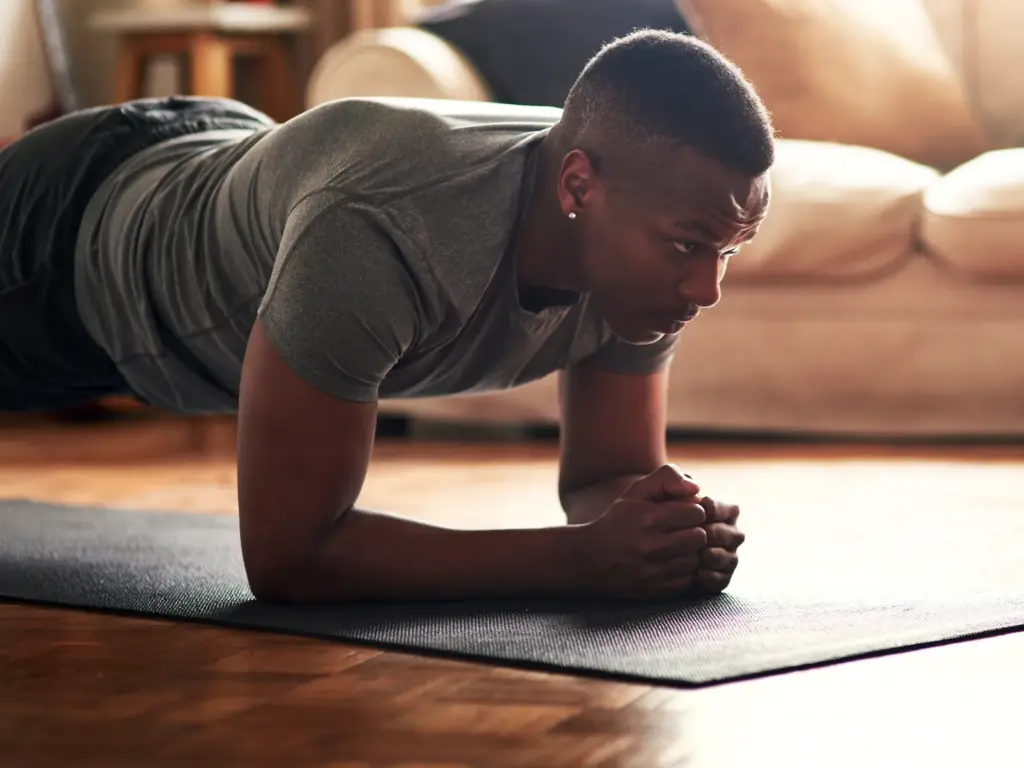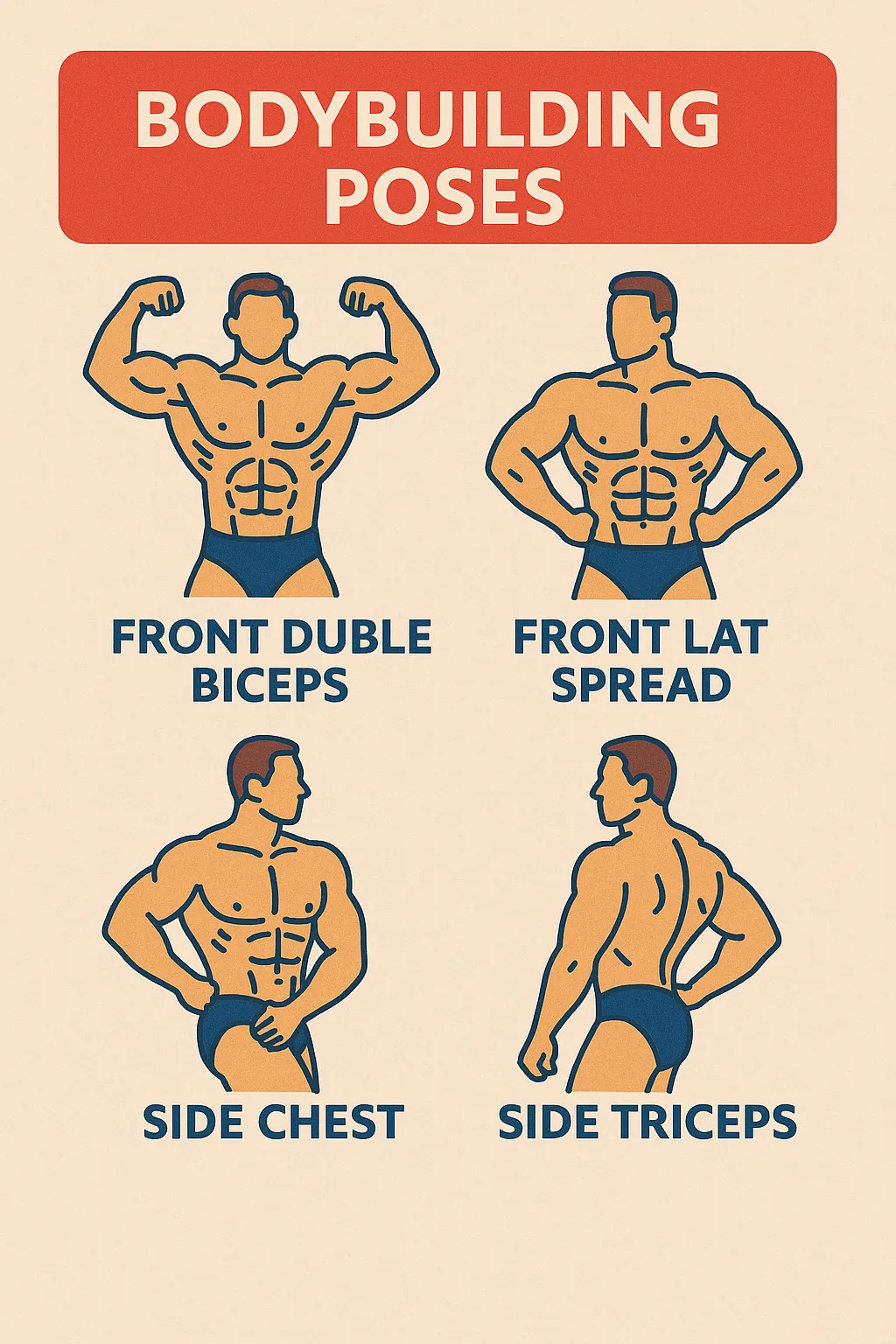After surgery, patients want to know what comes next in their recovery. Post-operative exercises are one of them.

Post-operative exercises are necessary since they possess the ability to accelerate the healing process and enable one to get back to living normally. Post-operative exercises are addressed here as to what they are, why one requires them, and how one can utilize them safely.
Understanding Post Operative Exercises
Post-operative exercises are a set of body movements that are designed to assist the patient in recovering from the surgery. They vary with the type of operation, health condition, and desired recovery. These exercises primarily aim to aid healing, restore mobility, and prevent complications such as blood clots and stiff joints.
Why Are Post Operative Exercises So Important?
Here are reasons we need to perform post operative exercises:
Improves Healing
Exercise can improve circulation in the body. Improved circulation encourages oxygen and nutrient transport to the area of operation, and this helps to heal.
Prevents Complications
There is always a possibility of complications when one undergoes surgery, and these can range from deep vein thrombosis (DVT), which is the condition where the blood in the veins becomes clotted. Exercise has the advantage of making the blood circulate, and this removes any possibility of clotting.
Restores Mobility
Post-operative stiffness and range of motion. Effective exercises will increase the strength and flexibility of the patient, and this will make activities of daily living easier.
Improves Mental Health
It is not easy to recover from surgery, both physically and mentally. Exercise is a source of achievement and can contribute towards improving mood, and this decreases depression and anxiety.
Types of Post Operative Exercises
One can categorize postoperative exercises into numerous types depending on the surgery.
1. Breathing Exercises
Deep breathing following abdominal or thoracic surgery can increase lung capacity, reduce the risk of pneumonia, and help to oxygenate.
2. Range of Motion Exercises
They are movements of small joints that are done to avoid stiffness. The arms and legs, for instance, can be bent slowly to unfreeze them.
3. Strengthening Exercises
As rehabilitation continues, we can gradually ask patients to begin some non-invasive strengthening exercises. They can be performed with resistance bands or light weights, which are utilized to restore muscle strength.
Walking: Walking is usually the most frequent and simplest exercise following surgery. Walking encourages circulation, and patients can gradually increase their walking based on their comfort levels.
Balance Exercises: Once patients start regaining movement and strength, they require balance exercises so that they don’t fall and maintain balance.
How to Manage Post Operative Exercises Safely
How can we manage post operative exercises? let’s see how:
Consult with Healthcare Professionals
It is necessary to consult your physical therapist or surgeon prior to starting any exercise regimen. They can provide recommendations on the exercises which can be safely done according to your case.
Start Slow
Start with easy, low-level workouts and take it slow. It’s easy to work too hard and injure yourself.
Listen to Your Body
Pay attention to your body while exercising and after exercising. Too much pain, swelling, or soreness might be a sign to slow down or change your routine.
Be Consistent
Consistency breeds progress. Schedule a special time for your exercises on a daily basis, and maintain a routine as much as possible.
Be Hydrated and Fulfilled
Adequate hydration and nutrition help a lot with recovery. Be sure to intake sufficient water and have a healthy diet that benefits your healing.
Bottom Line
Post-operative exercises are a significant part of the healing process. Exercise eases the healing process, avoids complications, and ensures that the patient moves freely. Conscious of the effectiveness of exercises and being cautious, the patients would be able to verify their process of healing and return to ordinary living easily.
Always look toward professional recommendations given by physicians in terms of individual perspective and opinion. Recovery is all about timing, yet with the adequate amount of tenacity and persistence, complete healing is highly possible.







